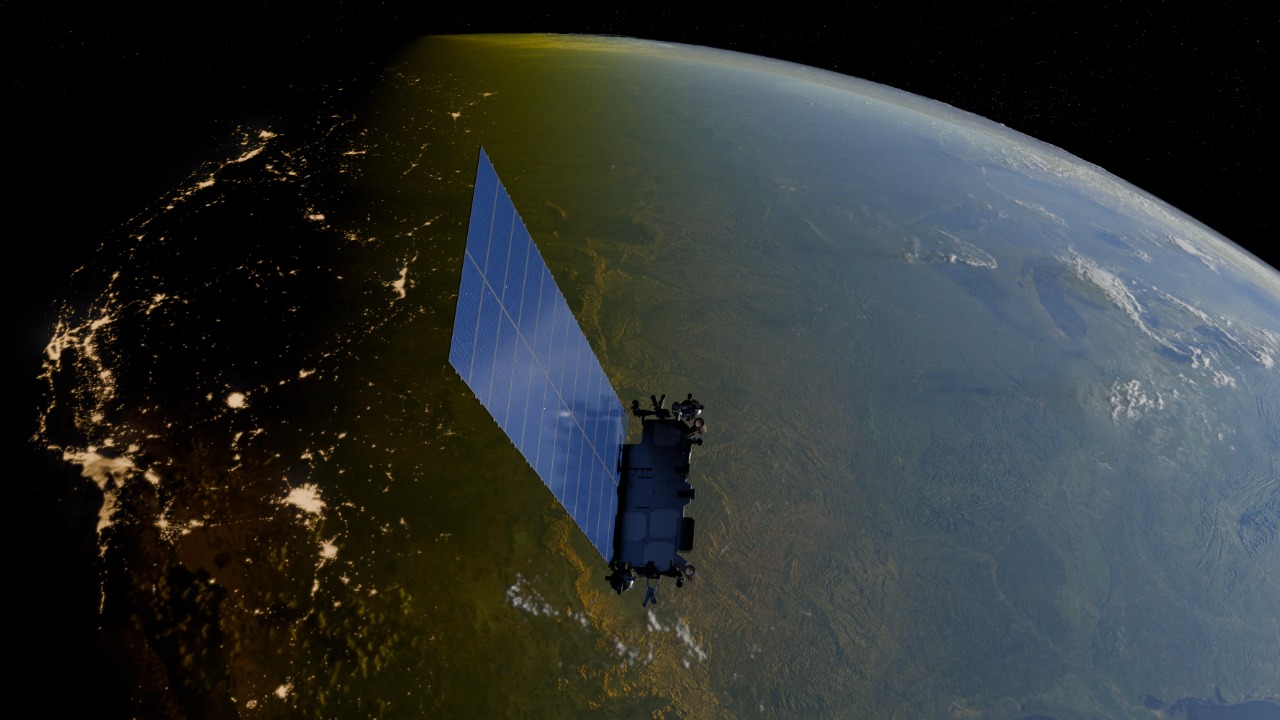
Elon Musk’s Starlink satellites are increasingly falling from the sky, with solar storms causing them to deorbit faster than anticipated. This trend, particularly noticeable from mid-2025, raises questions about the total number of satellites lost and the broader implications for satellite operations.
Background on Starlink’s Satellite Network
Starlink, under the leadership of Elon Musk’s SpaceX, has been rapidly deploying thousands of satellites into low Earth orbit to provide global internet coverage. By late 2025, the company had achieved significant milestones, including the successful launch and operation of over 6,000 satellites. The pioneering reusable rocket technology developed by SpaceX has been instrumental in enabling these frequent launches.
Early Instances of Starlink Satellite Failures
Even in the early stages of Starlink’s deployment, there were instances of satellites losing altitude shortly after launch. Satellites from the 2022-2023 batches, for example, experienced unexpected drag due to atmospheric density in low orbits. In response, SpaceX implemented mitigation strategies, such as software updates to boost satellites to safer altitudes post-launch.
The Role of Solar Activity in Satellite Losses
Solar storms have a significant impact on the operation of low-flying satellites. These storms expand Earth’s atmosphere, increasing drag on the Starlink satellites and causing them to deorbit faster than expected. The solar maximum events of 2025, in particular, have accelerated orbital decay for hundreds of satellites. This phenomenon, while predictable based on historical solar cycles, has had intensified effects on modern mega-constellations like Starlink.
Recent Surge in Deorbiting Events
There has been a marked increase in the number of Starlink satellites deorbiting in 2025 due to ongoing solar influences. A notable solar storm in early June, for instance, caused dozens of rapid reentries. Astronomers’ tracking data shows a spike in uncontrolled deorbits, contrasting with planned end-of-life disposals.
Quantifying the Total Number of Fallen Satellites
According to investigative tallies based on launch records, over 100 Starlink satellites have deorbited uncontrollably by November 2025. It’s important to differentiate between intentional deorbits for end-of-life and unexpected falls, with the latter comprising a growing portion of losses. However, exact counting presents challenges due to real-time tracking limitations and SpaceX’s proprietary data on satellite health.
Environmental and Safety Implications
The reentry of Starlink satellites into Earth’s atmosphere poses risks, including the creation of debris trails and potential ground impacts. There are also broader concerns for space sustainability, such as the fear of Kessler syndrome resulting from the dense population of satellites in low orbit. As a result, international regulatory bodies are scrutinizing SpaceX’s disposal protocols amid the rising failure rates.
SpaceX’s Strategies and Future Outlook
In response to these challenges, SpaceX has made updates to its satellite designs, such as enhanced propulsion systems, to combat solar-induced drags in future generations. Elon Musk has also spoken publicly about adapting to solar cycles, including plans for higher orbits in upcoming launches. As the Starlink constellation aims to reach 42,000 satellites, projections indicate that losses could be minimized through AI-driven orbit management.
More from MorningOverview